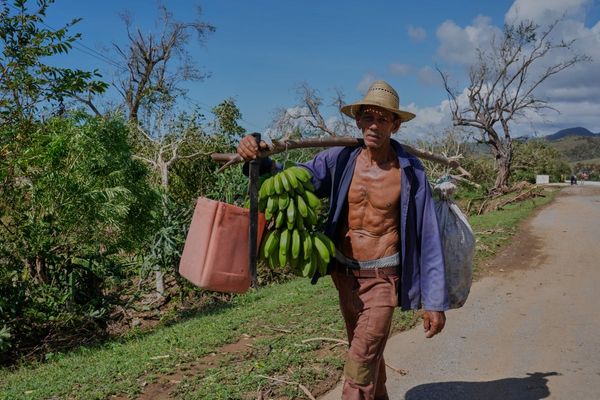
French researchers have found microplastics in more than three-quarters of agricultural soil samples tested across the country, raising fresh concerns about plastic pollution beyond the oceans.
While a number of studies have already focused on how microplastics contaminate the oceans, we know far less about the extent to which they pollute the soil.
A recent study led by the French Agency for Ecological Transition (ADEME) analysed 33 soil samples from forests, meadows, vineyards, orchards and large-scale crop areas.
Microplastics were detected in 25 of the samples, or 76 percent.
Forest soils were the least affected, with only a quarter showing contamination.
Study reveals microplastics can enter human brain through nasal pathway
Tiny particles, big problem
Microplastics are particles smaller than five millimetres, created as plastic materials break down in landfills or the natural environment.
On average, the contaminated soils contained 15 microplastic particles per kilogram of dry soil.
The study identified polyethylene and polypropylene as the most common types of microplastics.
These materials, typically found in plastic packaging, are known to disrupt hormones and may pose risks to human and environmental health.
According to ADEME, the data does not pinpoint the source of the microplastics, but suggests that "part of their origin is linked to farming practices".
Plastic mulch, agricultural films and wastewater irrigation are among the practices that may contribute to soil contamination.
Urgent call for action
“The almost systematic presence of microplastic particles in the studied soils shows that it’s urgent to continue these studies in order to provide monitoring data for microplastic particles in the soil,” said the researchers.
They emphasised the importance of limiting soil degradation and minimising health risks.
The study’s authors also called for further research, including in urban areas and French overseas territories, to gain a clearer picture of the scale of the problem.







